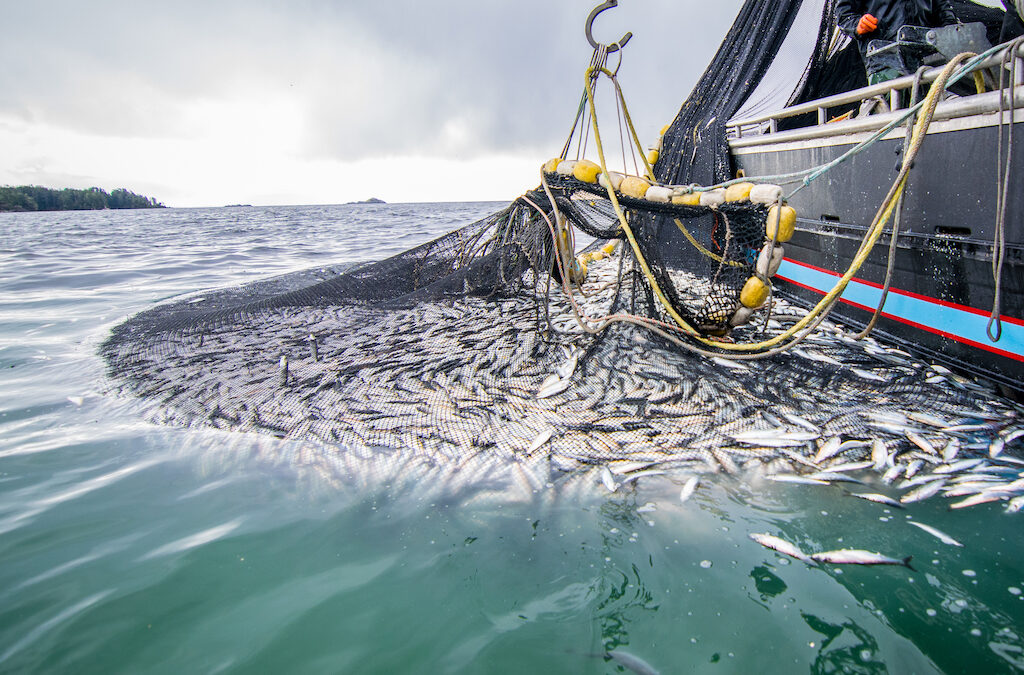AUTHOR
Dr. Latha Shenoy
Retired Principal Scientist, Central Institute of Fisheries Education, Mumbai

Introduction
Fishing, dependent on fossil fuels is considered as one of the most energy-intensive food production methods. However, emissions due to fishing received less attention compared to the direct impact that fishing had on stocks and associated marine ecosystems. While the use of fossil fuels has increased the availability of fish to fisheries, the dependence of the fishing sector on fossil fuels raises concerns related to climate change, ocean acidification and economic vulnerability. Carbon dioxide is a major component of the Greenhouse gases and is responsible for about three-quarters of emissions warming our planet. Methane, nitrous oxide and hydrofluorocarbons are among other GHGs.
Trawling is an active energy-intensive fishing method, diesel being the major fuel used. The ever-growing demand for fish and fisheries products in domestic and international market led to more investment in mechanized sector particularly trawl fisheries. The outcome of high capital investment and advanced fishing technologies were overcapacity and overfishing that affected biological and economic sustainability. Trawl nets are known for their destructive nature- Juvenile fishing, bycatch, discards and destruction of ocean floor. Trawling has contributed to increased marine fish production and has led to its widespread adoption by many countries. In India, trawlers have contributed major part (>50%) of the total marine fish production. As per the Sector-wise landings, the mechanized sector contributes about 83% towards the total landings, motorized (16%) and nonmotorized sector (1%).
Greenhouse Gases (GHG) emissions
Burning of fuel (diesel in trawlers) leads to emission of GHGs. GHG emission is the major cause of global warming and climate change. Trawler’s emission rate is higher than other fishing methods. Carbon dioxide (CO2) is the main GHG emitted through human activities. Carbon dioxide (CO2) was chosen by the Intergovernmental Panel for Climate Change (IPCC) as the reference gas and its GWP is set equal to one (1). Global Warming Potentials (GWPs) are a quantified measure of the impacts of a particular greenhouse gas as given by IPCC. GWP is expressed as carbon dioxide equivalent (CO2e).
Carbon footprints
The carbon footprint is a measure of the total amount of carbon dioxide emission that is directly and indirectly caused by an activity or is accumulated over the life stages of a product. Carbon footprints are measured in terms of kilos or tonnes of Carbon dioxide (CO2). The environmental impact is understood by assessing the carbon footprint of trawlers expressed as ‘kg CO2e kg-1 fish’ produced. LCA is an environmental assessment tool to quantify environmental impact throughout the entire life cycle of a product or process.
Global fisheries emissions
Global fisheries generated a total of 179 million tonnes of CO2-e in 2011 (4% of global food production) or 2.2 kg CO2-e per kg of landed fish. Emissions from the global fishing industry grew by 28% between 1990 and 2011. Growth in emissions was driven primarily by increased harvests from fuel-intensive crustacean fisheries. Fishing fleets based in China alone emitted 50 million tonnes CO2-e, approximately one quarter of total global emissions from fisheries. Global fisheries account for about 1.2% of the global oil consumption. The top 5 countries with the most carbon emissions from bottom trawling are China, Russia, Italy, UK and Denmark.
For More>>

